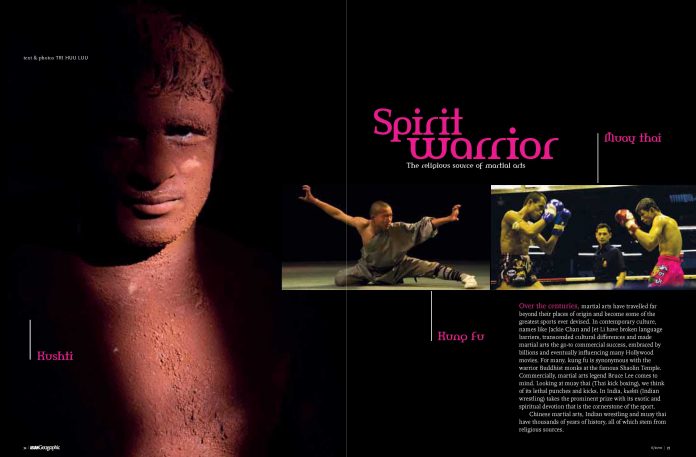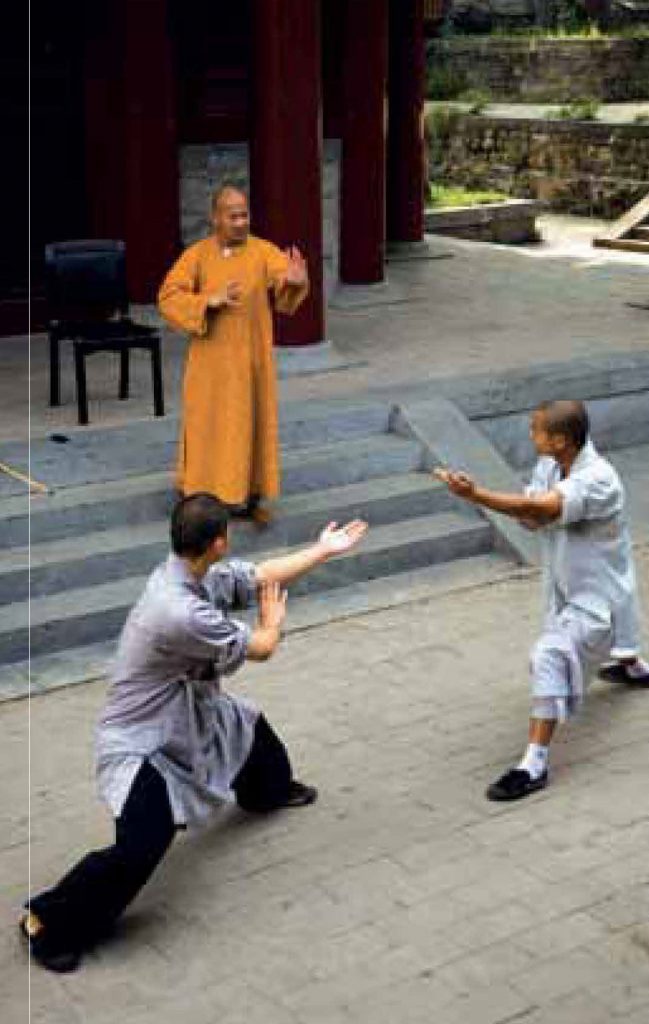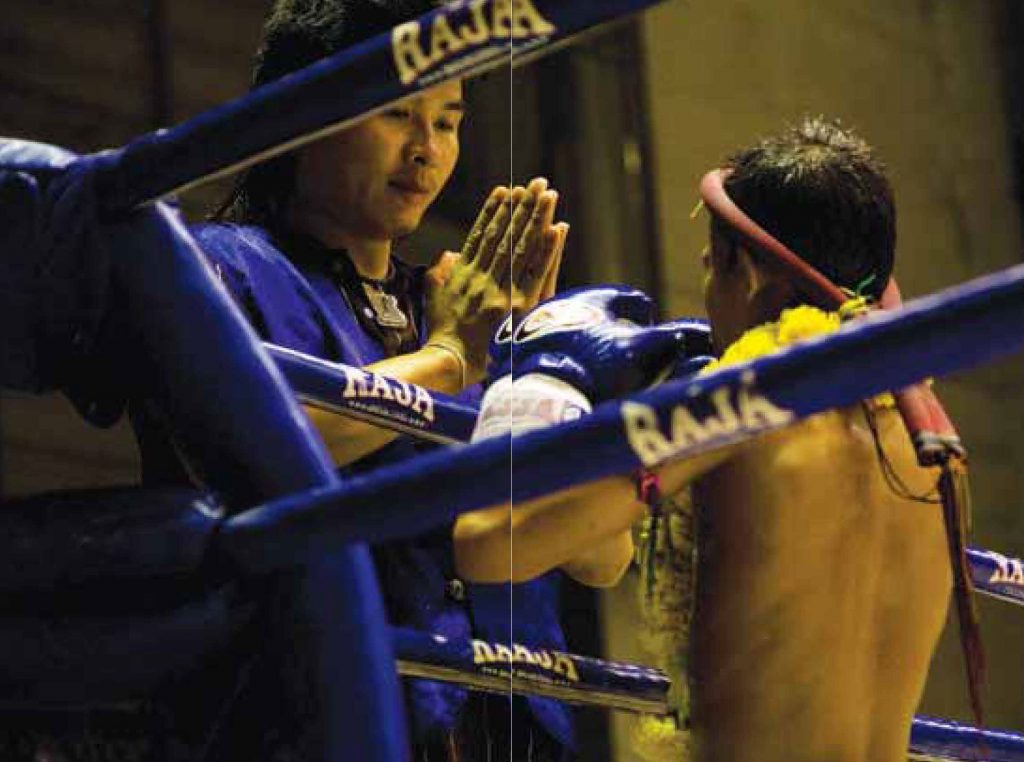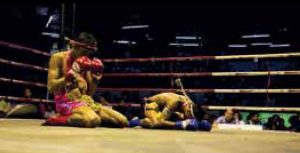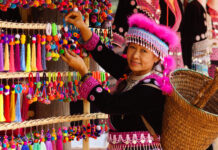Over the centuries, martial arts have travelled far beyond their places of origin and become some of the greatest sports ever devised. In contemporary culture, names like Jackie Chan and Jet Li have broken language barriers, transcended cultural differences and made martial arts the go-to commercial success, embraced by billions and eventually influencing many Hollywood movies. For many, kung fu is synonymous with the warrior Buddhist monks at the famous Shaolin Temple. Commercially, martial arts legend Bruce Lee comes to mind. Looking at muay thai (Thai kick boxing), we think of its lethal punches and kicks. In India, kushti (Indian wrestling) takes the prominent prize with its exotic and spiritual devotion that is the cornerstone of the sport.
Chinese martial arts, Indian wrestling and muay thai have thousands of years of history, all of which stem from religious sources.
KUSHTI
It is a few minutes past 6am and the morning light has not yet broken through the thick layer of fog over the sugar cane fi elds. Most of Kolhapur is still asleep. The nearby Hindu temple starts sounding its bells. A small number of elderly devotees make their way to the shrine for morning worshipping.

Kolhapur is a small town, home to half a million friendly people. It is about 400 kilometres south of Mumbai, with a cool climate. It is also an ideal place for training in the sport of kushti.
A few hundred feet away from the town centre, an akhada stands strong. “Akhada” is the local word for the wrestling school of kushti. The early morning is usually the time when kushti warriors offer incense to their god, Hanuman-Ji, the mighty ape that aided Lord Rama in his expedition against evil forces. It is one of the most popular idols in the Hindu religion. Here, Hanuman is worshipped as a symbol of physical strength, perseverance and devotion.
Kushti is an indigenous form of wrestling; one of the most ancient and oldest sports on record. It can be traced back to more than 5,000 years. Kushti wrestling schools are scattered throughout the country, but the centre of it all is in Kolhapur.
Unlike other training schools, however, the akhada is more like a monastery where students live their lives similar to Hindu holy men, or Sadhus. They take vows to live the simple life – no alcohol and smoking. This also includes a life of celibacy. Purity of the body, mind and spirit is believed to help the wrestler achieve the highest level of sporting excellence.
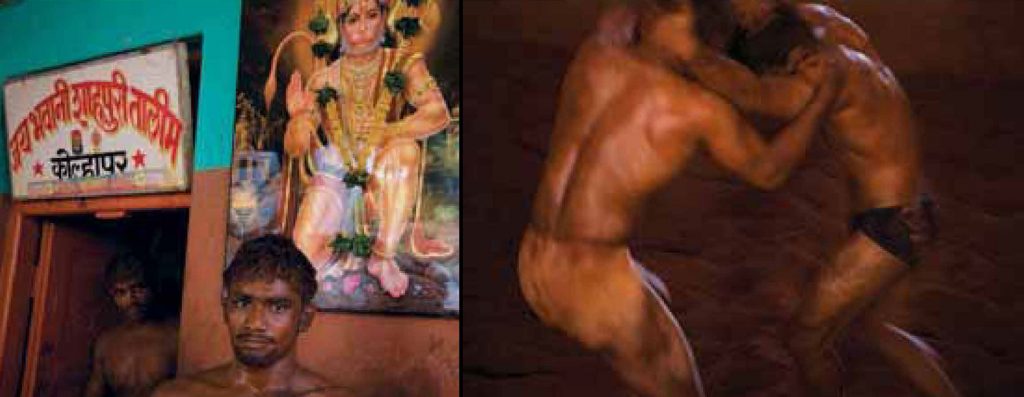
In ancient times, kushti practitioners were representatives of kings from rival kingdoms. Their power and strength were symbolic of the nation. Today, boys become kushti practitioners because of the love and passion for the sport. Being “an extension” of their god Hanuman, they are worshipped and respected as guardian figures. This encourages them to live the pure Sadhu life.
And like the life of a monk, minimalism is also practised, with each kushti wrestler having only a blanket, a mat used to cover the cement floor for sleeping and a few articles of clothing. A small wooden box made from scrap, contains cooking supplies and a gas stove.
KUNG FU
The Shaolin Temple was first built in the 5th century by the Indian Buddhist monk Buddhabhadr to teach the philosophy of Buddhism.


Thirty years after the Shaolin Temple was founded, another Indian Buddhist monk named Bodhidarma arrived. It became the birth place of Zen Buddhism. Bodhidarma was the 28th patriarch of Buddhism in India and the first Zen master in China.
In Zen Buddhism, it is believed that all things in the end will become “nothingness” and that we should not be “attached” to our own physical bodies. As a result, monks at the Shaolin Temple did not take good care of their health.
When Bodhidarma entered Shaolin, he found that the monks were in poor physical condition and their mental stamina could not cope with the long hours of meditation. Unlike Buddhabhadr, Bodhidarma believed that both spiritual and physical excellence is necessary for enlightenment. Bodhidarma created a form of exercise based on the Indian yoga techniques, to enhance chi flow and build strength.
Chinese martial arts date back more than 4,000 years during the Xia Dynasty. An early form of Chinese martial arts called Jiao Di was developed by the Yellow Emperor Huangdi. The beginning form included wrestling. Later, strikes, blocks and joint locks were added, which were utilised in war.
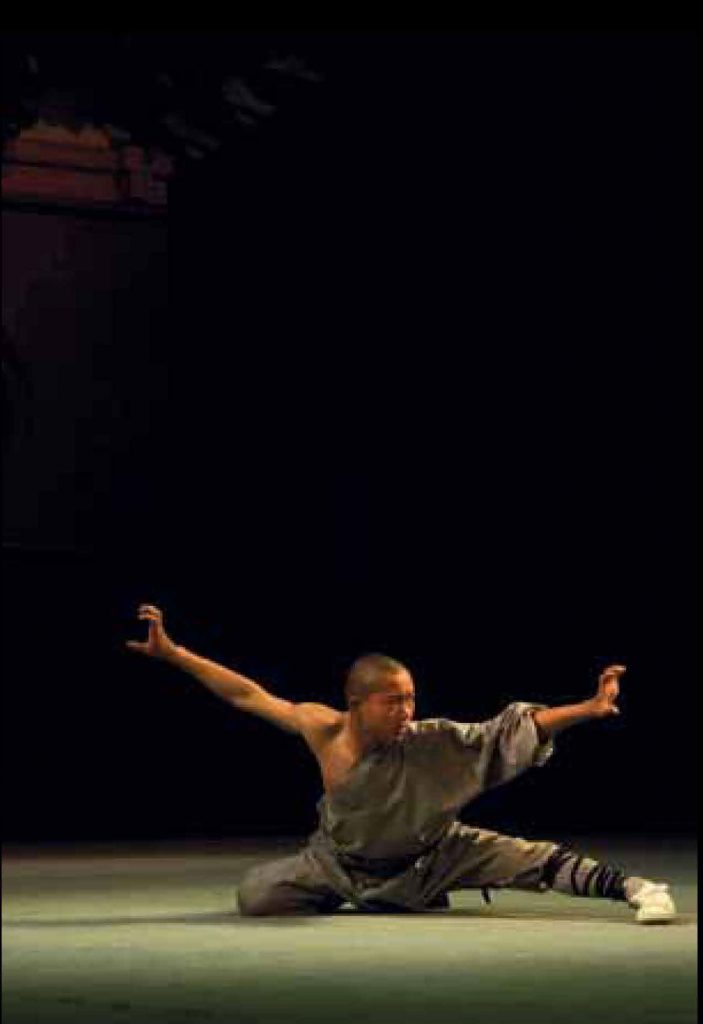
Many Buddhist monks at Shaolin were retired soldiers, and therefore had pre-existing knowledge of combat martial arts. In combination with Bodhidarma’s new form of exercise, this formed the foundation of Shaolin martial arts.
Originally, the Shaolin Buddhist monks used the exercise to stay fit, and because of the Shaolin Temple’s location being in the forest region, the monks needed to protect temple assets and defense themselves against wild animals and bandits. Being Buddhist monks, they were bound to the Buddhist vows of non-violence. For that reason, the monks came up with a new style of martial arts focused more on pressure points to ensure their opponents would not be too seriously injured.
MUAY THAI
“Muay” is derived from the Sanskrit word “mavya”, meaning “to make things united”. However, it may indirectly also represent the four elements of “Muay”, which are created by binding or making united the “Mongkon” on the warrior’s head, the “Prajied” for the warrior’s biceps, the “Kaad Chuek” for the warrior’s fists and the uttering of incantations for the warrior’s spirit. “Thai” comes from the word “Tai”, which refers to an ethnic group from China.
Muay thai training is similar to the system of kung fu and Indian yoga. It uses “chi” in martial application and for the development of physical and mental health. An essential part of muay thai is Buddhist meditation, used to “stop” the mind and to develop better concentration skills. The belief is that superior physical condition cannot be attained without developing concentration and dedication.
When a man enters the life of Buddhahood, he takes five basic vows based on the teachings of Buddha: no killing, no stealing, no adultery, no lying and no intoxication of one’s body. As a result, to practise good muay thai means resorting to fighting only as a last resort.
In the early history of Thailand, ethic Tais from southern China migrated to southeast Asia, bringing with them Chinese martial arts and Buddhism. An early form of muay thai was used in combat. Soldiers were trained in basic martial arts to defeat the neighbouring invaders. When there was no conflict, many soldiers took to the temples and lived as monks. This follows a Thai tradition that encourages all men to have a taste of a monk’s life at least once, and take refuge in the teachings of Buddha.

Like the Buddhist monks at the Shaolin Temple, many monks in Thailand were also retired soldiers, with previous training in martial arts for combat. These Buddhist monks then began to teach Thai martial arts to students as a sport and contests were held as entertainment for the village folks.
In the ring before each fight, all muay thai warriors bow to Buddha, whom, they believe, leads them towards the path of enlightenment; to teachers, for their knowledge and teachings; to the parents, who have given them life and love; and to relatives and friends, as a sign of respect for all their support. The religious source here lends its influence to attaining purity of body, mind and spirit; to help the practitioner think clearly and to make the right judgment calls.
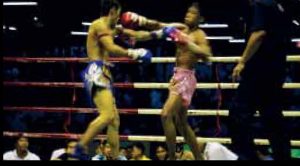
Read the rest of this article in No. 75 Issue 6/2010 of Asian Geographic magazine by subscribing here or check out all of our publications here.


